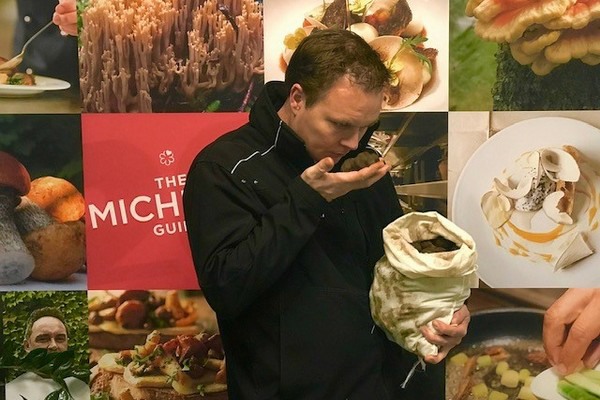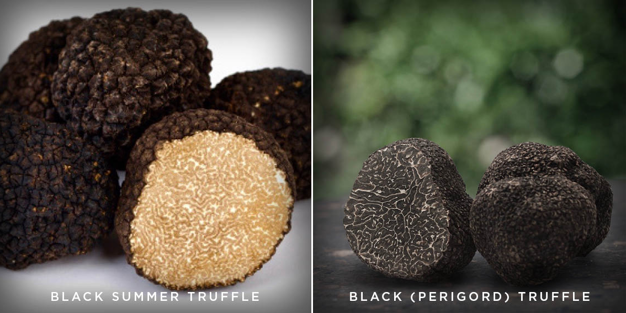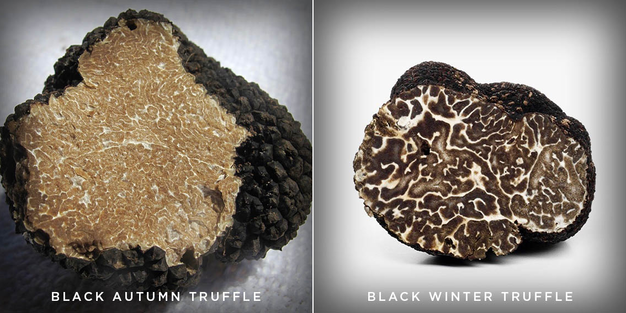"The Turkish and Balkan woods have been bone-dry recently, well into summer. It usually rains late in that season, which keeps the forests damp and, combined with the temperature, provides the right growing conditions for wild mushrooms. Those conditions aren't optimal now, so the mushroom supply from those areas is lagging," says Leon van Basten of Funghi Funghi in mid-September. "The recent dry spell means those conditions are lacking, which is why there are so few Penny Buns and fragile little mushrooms such as funnel chanterelles available."
 Funghi Funghi trader Gerard assesses a shipment
Funghi Funghi trader Gerard assesses a shipment
Leon notes that climate conditions affect mushrooms' subterranean cousin - the truffle - less, thanks to it growing underground. "It's always a little moist underground," he says, adding that this product is gaining popularity—reason enough for this Belgian company to set its sights more on truffles. "We've taken another step, expanding the truffle range. That assists all those chefs looking for special, authentic flavors with which to distinguish themselves. Truffles' unique aroma and taste are of great gastronomic value."
One-stop shopping
"Our clients who order fresh wild mushrooms from us noticeably increasingly regularly want truffles from certain areas. Often from the same region as the mushrooms. What could be easier to order mushrooms and truffles from the same place?" asks Leon. Funghi Funghi supplies truffles year-round and is further developing its network of suppliers. That means people can eat eight different varieties of truffles from Iran, Europe, and Australia throughout the year.

Network
"The initial quality assessment lies with the truffle hunter and their dogs. The hunter smells and gently squeezes the truffles to see if they're ripe enough to dig up. They should feel slightly springy and smell 'fresh and pure truffle'. You need a trained nose for that." Van Basten adds that an expert can not only smell whether a truffle is ripe but also what kind it is, though the inside of a truffle can easily answer that.

That is an important aspect, because from the outside, it is not always possible to tell the type of truffle, and prices can range from several hundred to thousands of euros per kilo. "For example, the black or Périgord truffle, the most treasured of all truffles that is back on the outside, has a lookalike regarding exterior: the winter truffle. Also a lovely truffle, but less sought-after and of less gastronomic value than the black one," Leon explains.
By expanding its truffle assortment, Funghi Funghi wants to set about further popularizing this product. The focus is on informing customers, mainly traders, Leon concludes.
 Leon van Basten
Leon van Basten
[email protected]
Funghi Funghi
Brusselstraat 41
2321 Meer
+32(0)33037380
[email protected]
www.funghifunghi.com
